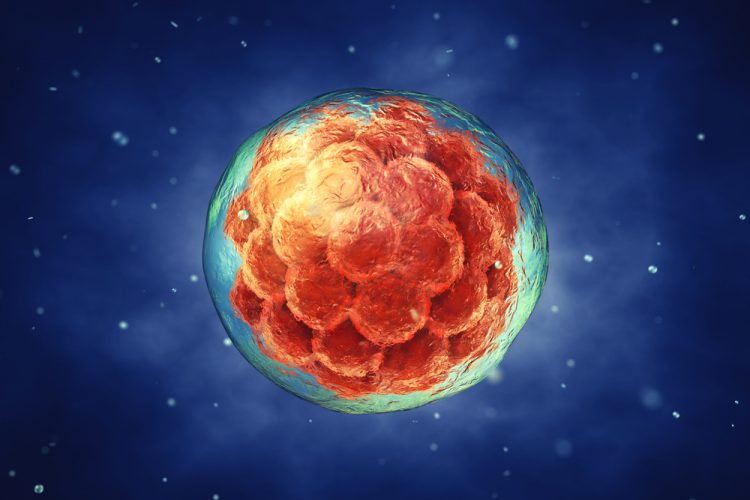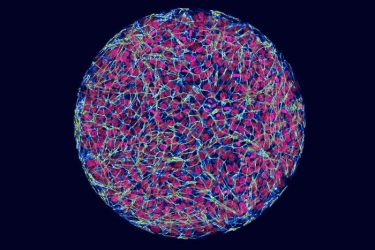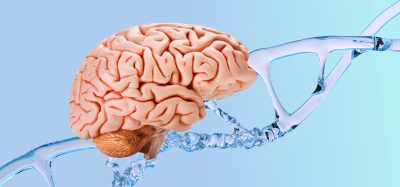Two-week-old human embryos reveal origin of Huntington’s disease
Posted: 6 October 2021 | Anna Begley (Drug Target Review) | No comments yet
Scientists have discovered a signalling pathway alteration in embryos with Huntington’s disease, paving the way for ground-breaking treatments.


Researchers from the Rockefeller University, US, have been able to detect the earliest effects of Huntington’s disease in the first two weeks of human embryonic development. Importantly, the findings recast Huntington’s as a developmental disease and point to new approaches for finding treatments for a disease that currently has no cure or therapies.


Researchers can examine the early effects of mutations using lab-generated human embryos that mimic the first stages of development [credit: Laboratory of Stem Cell Biology and Molecular Embryology at The Rockefeller University].
Huntington’s is caused by mutations in a single gene, Huntingtin, resulting in the production of an unusually long protein. The gene is expressed in the fertilised egg and subsequently in every cell of the body, but its functions are not entirely known. However, a bigger mystery is why the defective gene appears to be detrimental only to neurons in specific parts of the brain.
Previously, the researchers had found evidence that abnormalities due to Huntingtin mutation arise decades before the neurons start to perish: in the first stages of the brain development in the embryo, when uniform cells are becoming specific brain cell types and forming structures. Introducing the Huntington’s mutation in these developing cells led to abnormal neurons and structures.
In this new study, published in Development, researchers examined the effects of Huntington’s mutation at an earlier stage, called gastrulation, during which the two-week-old embryo starts to form the three embryonic germ layers, from which the progenitors of all cell types, including brain cells emerge.
The researchers created lab-generated embryos that are derived from stem cells and mimic the behaviour of human cells during the early stages of development. They then used the gene-editing method CRISPR-Cas9 to insert the range of Huntington’s mutations found in people with the disease into the embryos.
Comparing the embryos with and without the mutation revealed a pattern: the mutations affected the size of germ layers. The more severe mutations led to larger differences. “It is a phenotypic signature – you can see it with your eyes,” commented Professor Ali Brivanlou, who led the study. The visible change is caused by an alteration to a signalling pathway that guides the embryonic cells.
News: DNA mechanism discovery may open up Huntington’s disease therapies – READ HERE
How exactly such early changes affect the development of embryos later remains unclear. However, people with these mutations are born and function normally for years. Researchers suspect that a developing embryo uses certain mechanisms to compensate for the deleterious effects of Huntington’s mutations. “Understanding those mechanisms may be the key to developing new treatments that delay the symptoms, or even cure the disease,” Brivanlou added.
Using synthetic human embryos as their platform, the researchers have started to screen for drugs that can correct these abnormalities. The team hope that this approach will lead to developing clinical interventions that will address not only the symptoms of Huntington’s disease, but also the causes.
Related topics
CRISPR, Gene Therapy, Genetic Analysis, Genomics, In Vitro, Neurons, Neurosciences, Therapeutics, Universal Cells
Related conditions
Huntington's disease
Related organisations
Rockefeller University
Related people
Professor Ali Brivanlou








